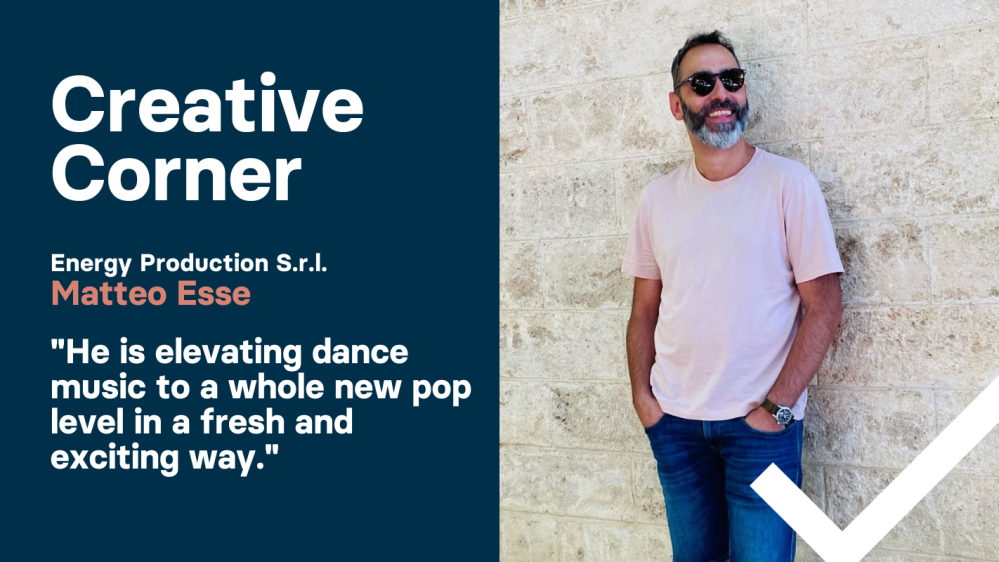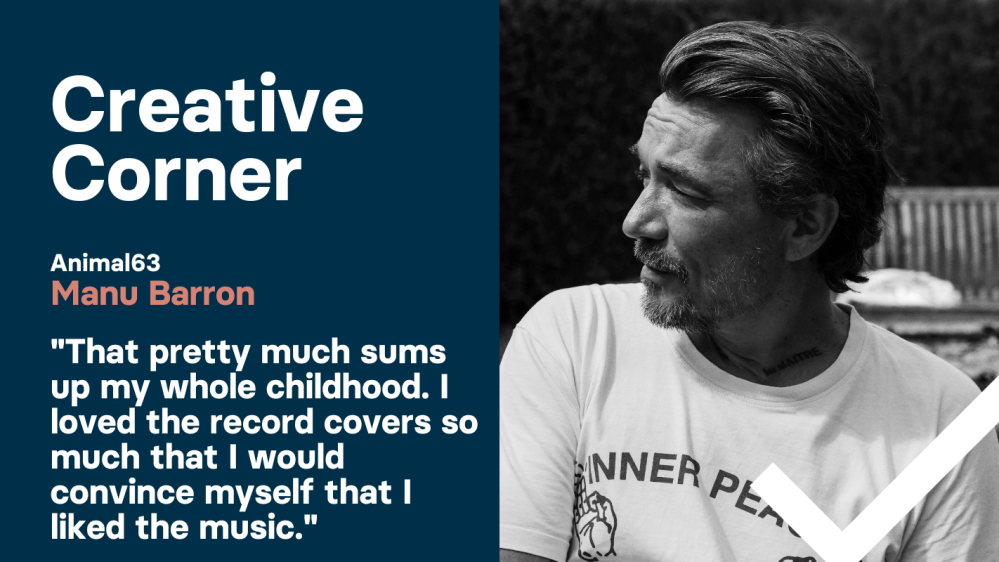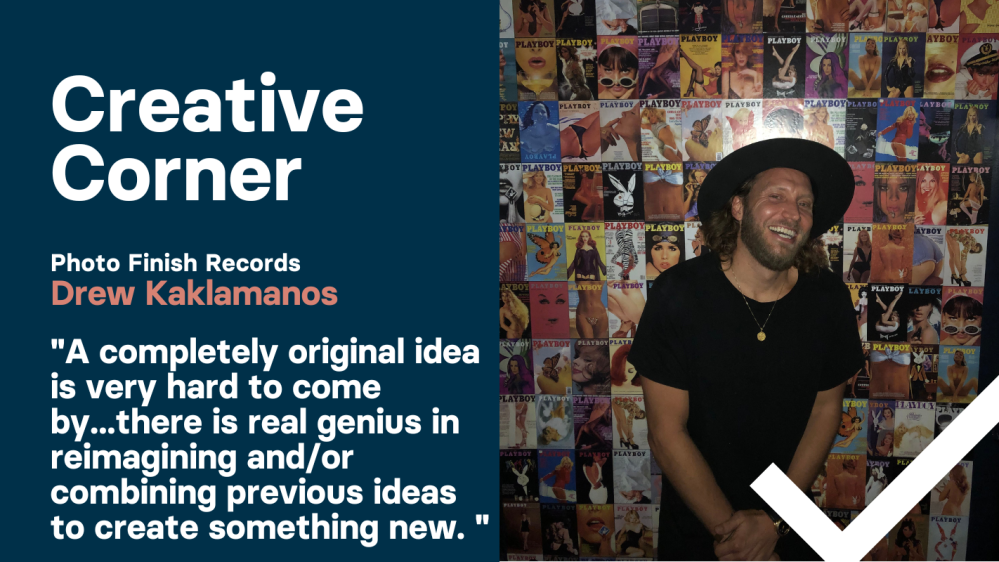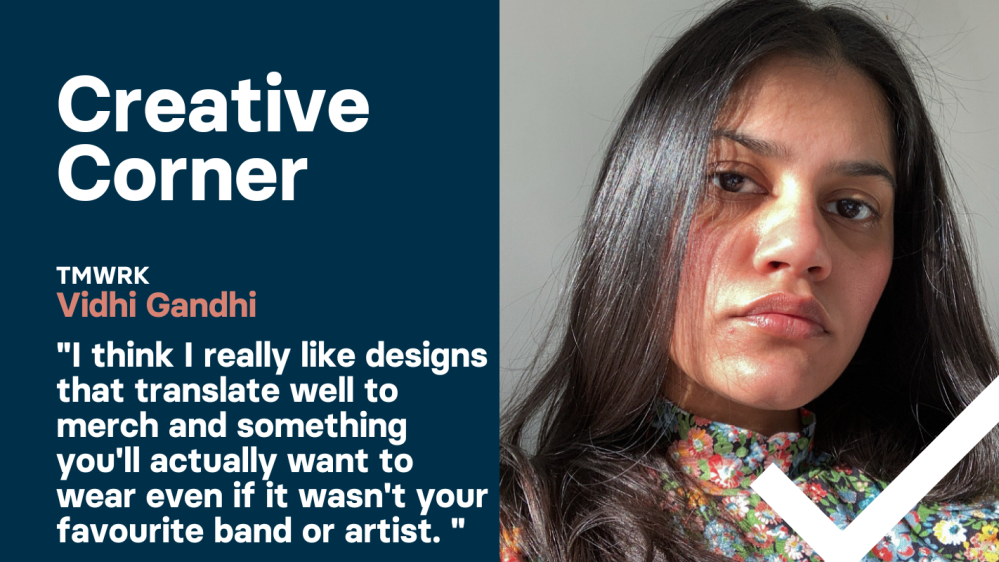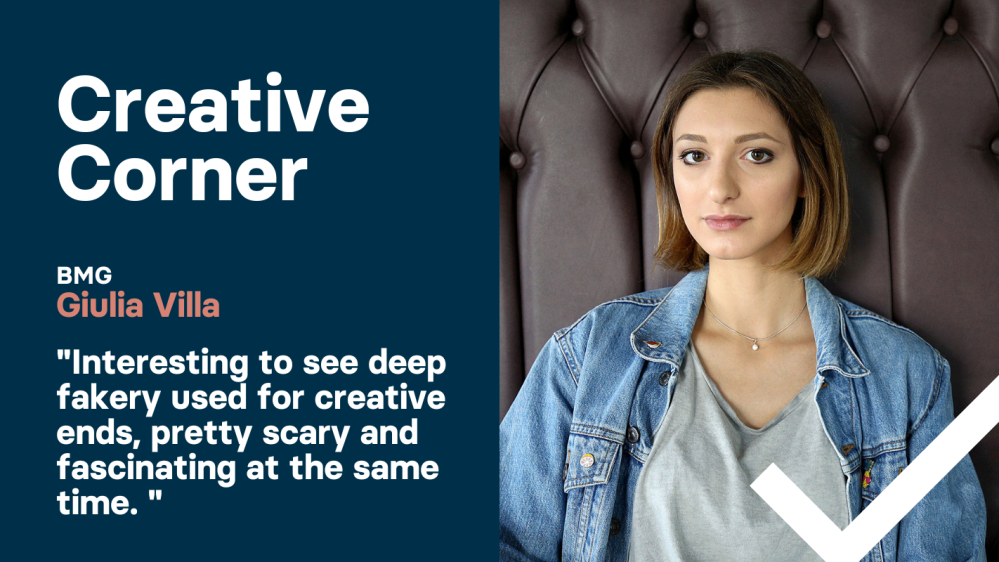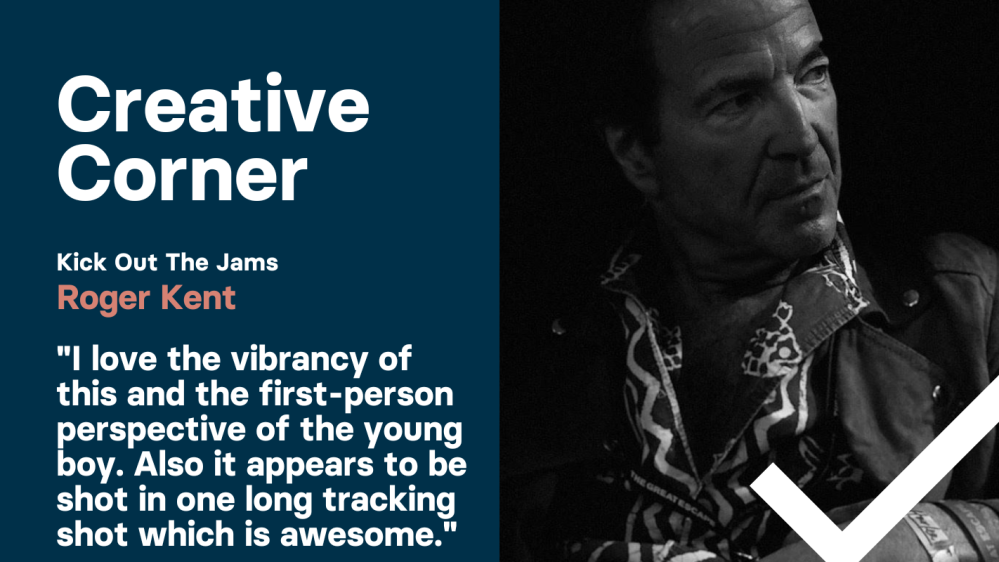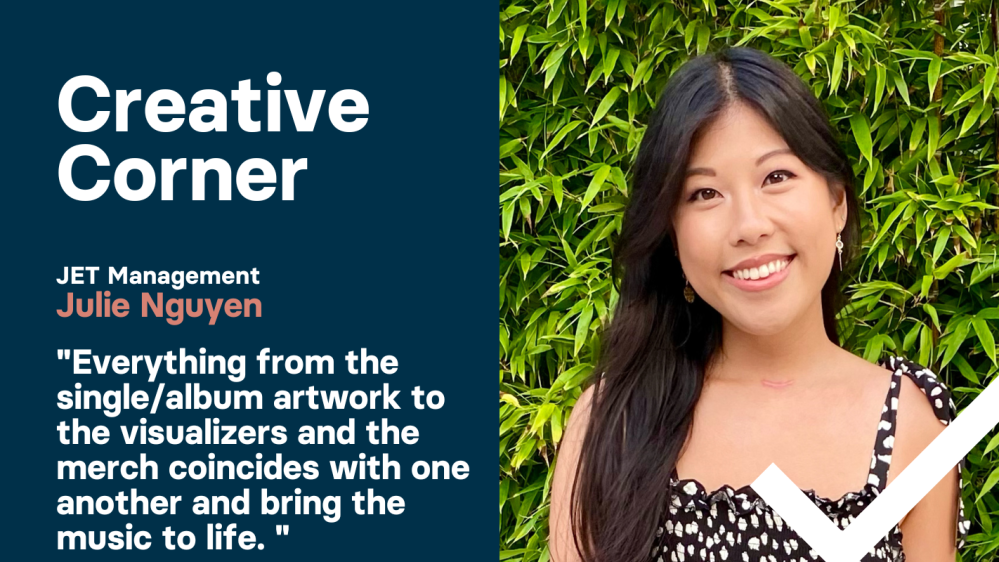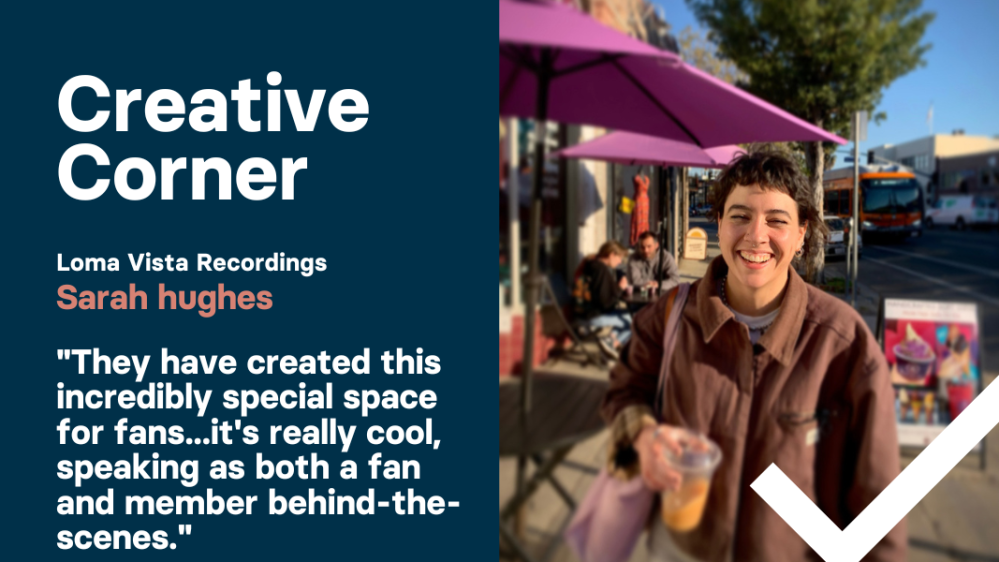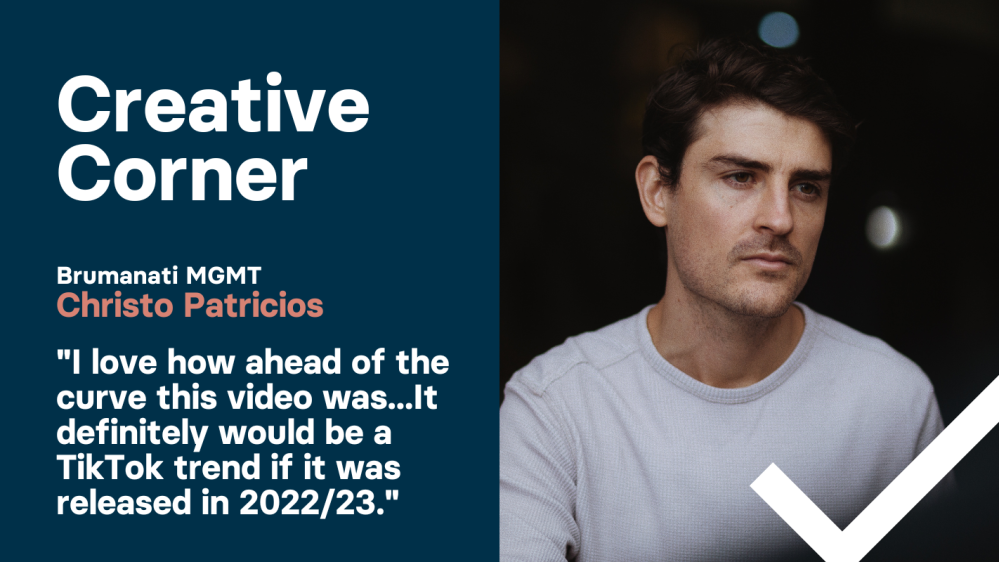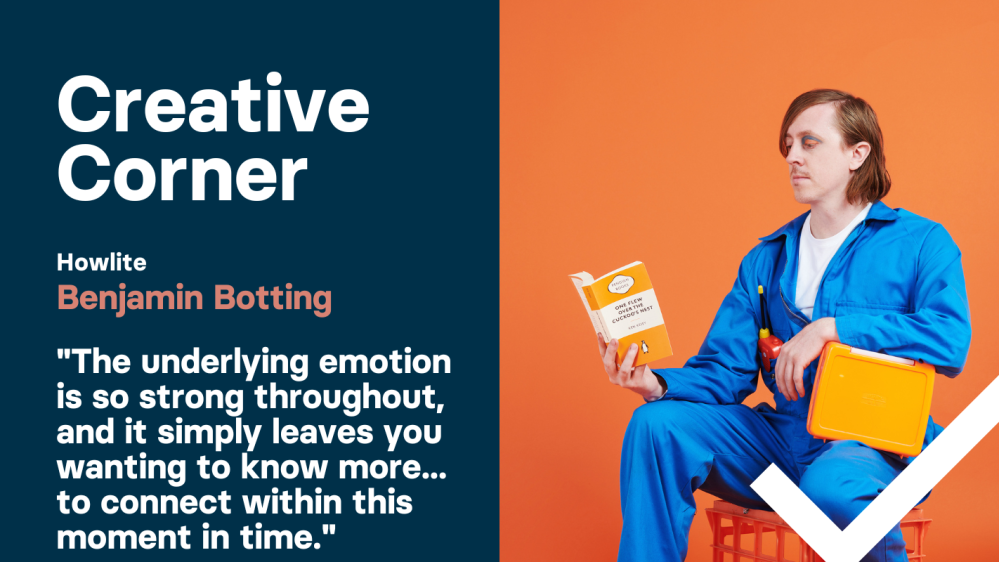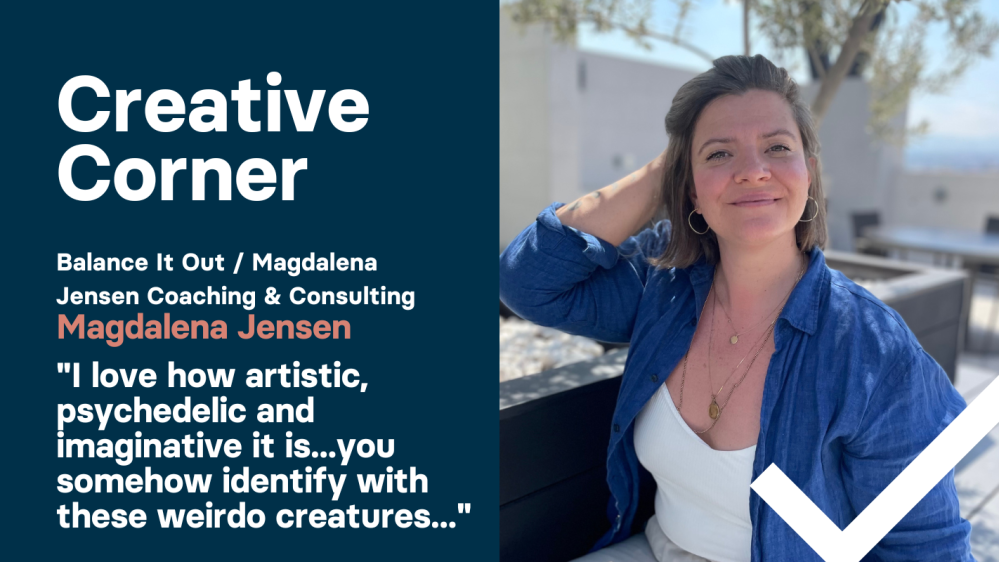
The quality of creative content produced as the result of a brief is closely linked with the quality of the brief itself. A great creative brief will increase your chances of a fantastic result, while a bad brief could lead to confusion, difficult conversations, project drift and undesirable elements.
But we’re here to help with that.
In this guide, we step you through the process of formulating the perfect brief.
�Before we start, there are two vital takeaway points that we’d like you to remember after reading this guide: be visual and be punchy.
The brief is an essential way for commissioners to control the strategy and share the vision while giving license and freedom to creatives, too. It is one of the most important indicators of whether your project will be a success or not: getting it right is so important.
In a survey by Adage of more than 1,000 agency executives, 53% found briefs were too long and lacking in focus, and 27% found them incomplete and inconsistent. So where do you think your brief strategy falls?
�In our experience, both parties strike the best results when they are aligned visually on a shared creative strategy.
Through collaboration, a good brief is like holding up a mirror and seeing a better, shared version of your next project than you could have ever envisaged by yourself. Have open dialogues with stakeholders, including the label, management and the artist, as well as your chosen creative team, and be prepared to be flexible, creatively and logistically, to achieve the best results.
Secondly, many commissioners make the common mistake of attempting to try to control the creative outcome too much by writing a long list of unessential things which can be counterproductive and off-putting. Leave room for new ideas within your brief and use visual references from Pinterest or Instagram as ways to describe what you do (or don’t) want.
�Getting Started
When everybody involved in the project knows what they’re doing and knows why they’re doing it, you’re going to have fewer revisions to worry about later on down the line, not to mention better results right from the start. Organise a series of creative meetings or calls as soon as you can, starting with the artist’s vision for their album or tour campaign. Starting a collaborative moodboard with each other helps find common ground and is a fun way to dream about how things are going to look.
�Once a broad vision is in place and agreed, your creative brief should be short and to the point. In our experience, for the perfect recipe, it must contain these four things at a minimum:
- Context: include artist information and details about the forthcoming campaign to sell-in the project to a creative who might not be aware of your artist or project
- Scope: combine clear visual references with defined deliverables of what you expect back from brief applicants and in terms of content
- Budget: the question of money will arise quickly so prepare accordingly and assign a small contingency for negotiating or in case of an emergency
- Timeline: so you can allocate your resources effectively
Remember; not only is the creative brief supposed to explain the point and vision for the project, but it is also supposed to inspire the team, encourage creativity, and motivate.
�Structure
Now, if you want to make sure your creative brief contains all of the necessary information to reduce the likelihood of mistakes, you need to get the structure just right.
Try the following:
- Explain the background
- Outline the objective
- Emphasise the message
- Set a timeline
�Explain the background
Start by explaining the history of the project so that creative applicants know what you’re all about.
- What does your company do?
- Which artists do you represent?
- Where are you in the campaign currently?
It’s a good idea to keep this very simple, as you’ll have a chance to include more information later on. Just don’t assume prior knowledge, as you may make it hard for the creative to follow. If you think necessary, briefly detail the following aspects:
- Fan demographics and data
- Brand guidelines
- Content assets
- Previous album and tour campaigns (if applicable)
Outline the objective
Now it’s time to outline the objective. What should this commissioned content aim to achieve?
Also, consider how visuals will help to convey the message and include plenty of references if you can to give prospective applicants a steer towards (or away from) what you want. Are there any visual campaign assets in place already, such as the artwork (include them in the brief if so), or do they need to be created, too?
Remember to focus on one objective at a time, as too many messages mean too much clutter.
�Emphasise the message
What should the reader think, feel, and most importantly, do after reading the brief? Do you want them to go away and research a little before applying; maybe to watch a key music video or check out the artist’s socials to help contextualise what they’re all about.
�Set a timeline
Many creative professionals have trained for years to hone their skills and the magic from the creative process does not happen at the snap of a finger. By planning early you can set achievable timelines which work for both parties and your release, announcement or launch.
In the brief, remember to outline two key factors:
- When is the completed work required by?
- What format(s) do you need it in?
Ensure you outline everything else from the start, so you don’t need to make any problematic changes once the creative has been delivered.
Summary
Although a creative brief can be a little more detailed, it should never read like an essay. Try to avoid any pieces you’ve included ‘just in case’ and be vigilant with the delete key. You may need to make some tough decisions about what you keep in there, but this will make it even better.
Footnotes, such as links to your artists' websites and socials, provide perfect further reading for interested parties without adding too much extra information into the brief.
Brevity is key; don’t bore the reader: it’s always better to have just one main objective, one main benefit, and make sure you know what not to include.
For instance:
- Give a problem to solve, not an open request
- Give a tightly defined, focused objective rather than something vague
- A long list of mandatories will stifle any creativity
- Be flexible, open and collaborative
�Never underestimate how powerful a well-structured creative brief can be. If you do it properly, it will guide the work in the right direction, give all necessary information, and equip and inspire the creative team enough to come up with some truly innovative ideas.
Finally, try to remember: be visual and be punchy.
So what are you waiting for? Go forth and write the perfect creative brief!
